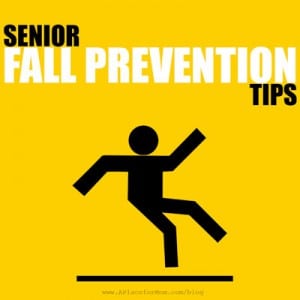The hip bone’s connected to the … If you remember this song, you’re dating yourself. You’re also anatomically incorrect. There is no hip bone. The hip is a joint connecting the thigh bone (the femur) with the pelvic bone.
Today, we are going to discuss hip pain. This is going to be quite straightforward. My goal is to give you a simple approach to think about when confronted by hip pain or injury.
First, let’s appreciate how stable the hip is compared to many other joints. The head of the femur fits into the joint like a ball would fit into a cup that closes in around it. This promotes a huge amount of stability, meaning you have to go out of your way to hurt that area. Of course we do, particularly during trauma or excessive sporting activities (and of course, it’s subject to the wear and tear that occurs with time).
Here are the various ways we tend to hurt the area involving and surrounding the hip.
- Strains: Commonly known as a pulled muscle, a strain involves the stretching and tearing of muscles in an area.
- Dislocations: These injuries involve displacement of the ends of bones from the joints in which they normally meet.
- Fractures: These are disruptions (e.g., breaks) in your bones.
- Bursitis: This is inflammation of the fluid-filled sacs that normally cushion joints (as well as muscles and tendons).
- Osteoarthritis (aka degenerative joint disease) usually results in a loss of the range of motion and produces pain.
- Osteoporosis is a weakening of the bones that leads to breaks.
Pain in the hip doesn’t always originate from the hip. It can start from the buttocks or knees and refer to the hip through nerves. Your physician will evaluate these areas for abnormalities. Treatment is pretty straightforward and involves rest and pain medications. In more advanced cases, you may need physical therapy and hip replacement therapy. These options are discussed at www.sterlingmedicaladvice.com.
The important thing for you to take from this is what you need to do in order to prevent hip pain and how you can help yourself when you have pain.
- Rest: The mantra “feel the pain (or burn)” doesn’t apply to your joints. Those are warning signs of potentially imminent injury. If you’re feeling pain, rest. Don’t sleep on that side and avoid placing pressure on it. When you’re in pain, avoid overuse of the hip, including routine activities such as bending.
- Ice/heat: Use heat to loosen your muscles, especially when exercising. This will make injury less likely. Ice serves to dull any inflammation you’ve experienced.
- Pain meds: Know the proper doses and usage of over-the-counter medicines like acetaminophen (e.g., Tylenol), ibuprofen (e.g., Motrin) and naproxen sodium (e.g., Advil).
- Exercise: It’s usually about the weight. The more weight you’re carrying, the more stress you’re placing on the hips. Unless already injured, exercise will always produce benefits.
Finally, when you can’t move your leg, can’t bear weight, note a deformity (including rapid, massive swelling) or are in excruciating pain, that’s the time to get to the emergency room as soon as possible. When these things occur, don’t delay. Significant injuries can have devastating consequences.
Feel free to contact your SMA expert consultant with any questions you have on this topic.
Thanks for liking and following Straight, No Chaser! This public service provides a sample of what http://www.SterlingMedicalAdvice.com (SMA) offers. Please share our page with your friends on WordPress, Facebook @ SterlingMedicalAdvice.com and Twitter at @asksterlingmd.





